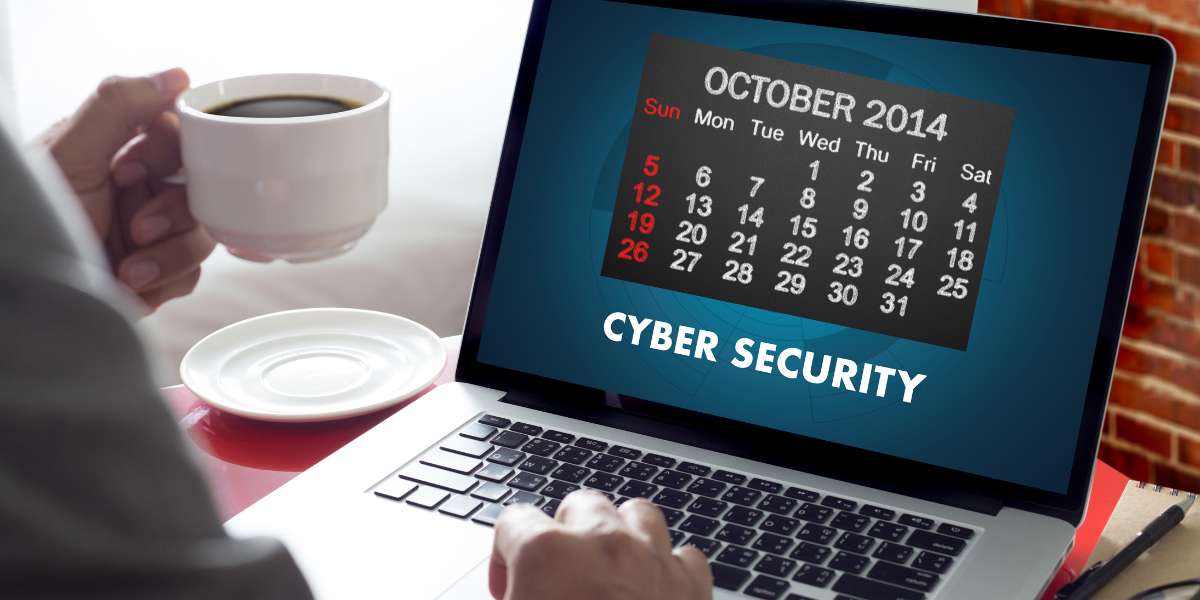
19 Oct October is Cybersecurity Awareness Month
While October is dominated by Halloween festivities and spooky decor, there’s another threat of horror facing us in the digital background: cybersecurity! Or, more specifically, a lack of it. That’s why October is Cybersecurity Awareness Month in the tech sphere, a time to reflect on the importance of digital security, perform quality checks, and plan on what we can improve for the future.
Of course, Cybersecurity Awareness Month doesn’t mean your enterprise must participate in long-form meetings or mandated policy. If you utilize IT infrastructure for business (and if you’re reading this, we’ll assume you do), it’s enough that you take a refreshed, critical look at your current setup. But, it’s also a great time to take advantage of free resources, kits, and discussions involving the importance of cybersecurity. What conversations are worth having? And, will you be ready for the security challenges in the next year to several years?
Those are big inquiries and you don’t need all the answers right now. That’s why we have awareness month: to have a sit-down and put a spotlight on IT and cybersecurity infrastructure.
Time to Reflect
A great way to participate in Cybersecurity Awareness Month is to simply reflect. Whether on an individual or business scale, you should look at how far you’ve come in terms of achieving security goals, no matter their scope. Did you stay within the desired budget? Did you implement a new software? How about updating some passwords or finally pulling yourself out of malicious email spam lists?
It’s also good to see where you can improve. How many breach events did your enterprise deal with? Did you, as an individual user, fall victim to any phishing scams – if so, how did it happen? Did you lose any important files as a result of a security problem? Did you acquire new infrastructure? It’s okay if you didn’t hit goals, missed them, or even established any. It’s more important that now you’re taking time to give cybersecurity proper consideration and protect your data.
Taking Advantage of Resources
Cybersecurity Awareness Month is not just a wholesale discussion or vague reference to security importance. There are genuine resources and conversations by federal-level agencies and enterprises offering deep-dives into the nuances of cybersecurity.
For example, the Center for Internet Security has a multi-week program delving into the dangers and focuses of cybersecurity. This program offers helpful structure towards improving cybersecurity-adjacent strategies, such as:
- Highlighting and emphasizing the importance of personal security and dangers related to our devices
- Emphasizing employee and staff education involving cybersecurity hygiene/best practices
- Discussing the types of malicious threats, like ransomware, phishing schemes, social engineering, and AI-powered attacks
- Putting a spotlight on connectivity, IoT (Internet of Things), and how data traverses all internet connected devices and why that incites risks/dangers
- Examining the overflow of apps and Shadow IT in a business environment
- Learning and focusing on building “cybersecurity resilience”
Think About Commitment
Looking back is good, as is studying current events and the modern discourse involving cybersecurity fundamentals. But what’s even more critical is commitment. All that discussion, research, and resource hunting does you no good if you or your enterprise will not commit.
Of course, doing so is easier said than done. And what “commitment” means varies from business to business. Therefore, establishing a plan of action is your first step towards committing to a stronger overall cybersecurity infrastructure. That is why it’s important to look at your history and overall cybersecurity journey. It allows you to highlight weak points and generate a cohesive strategy. Without strategy, planning, and sticking to goals, you risk operating your business model in a high-risk platform.
How you proceed depends, but a few quick tips are as follows:
- Assess the strongest and weakest areas of your cybersecurity, including the resources, apps, and hardware used for cybersecurity
- Build a budget plan to showcase for management to effectively allocate capital
- Set goals that are achievable and realistic, such as “implementing 2FA on all business-relevant devices by x months”
- Offer training and look to constantly improve/recertify onboarded IT/cybersecurity experts
Getting Third-Party Assistance for Cybersecurity
Even with the best intentions, commitment, and taking part in Cybersecurity Awareness Month, achieving your long-term goals is not always guaranteed. Every organization is different, and not all businesses have the resources to properly invest or build up their cybersecurity infrastructure. Therefore, getting third-party help is recommended.
It’s worth considering an MSP, or a managed service provider. MSPs have a range of lengthy IT and cybersecurity experience/resources ready to help you plan for the future. It’s a great way to top off your Cybersecurity Awareness Month.
For more information, contact Bytagig today.
Share this post:

Sorry, the comment form is closed at this time.